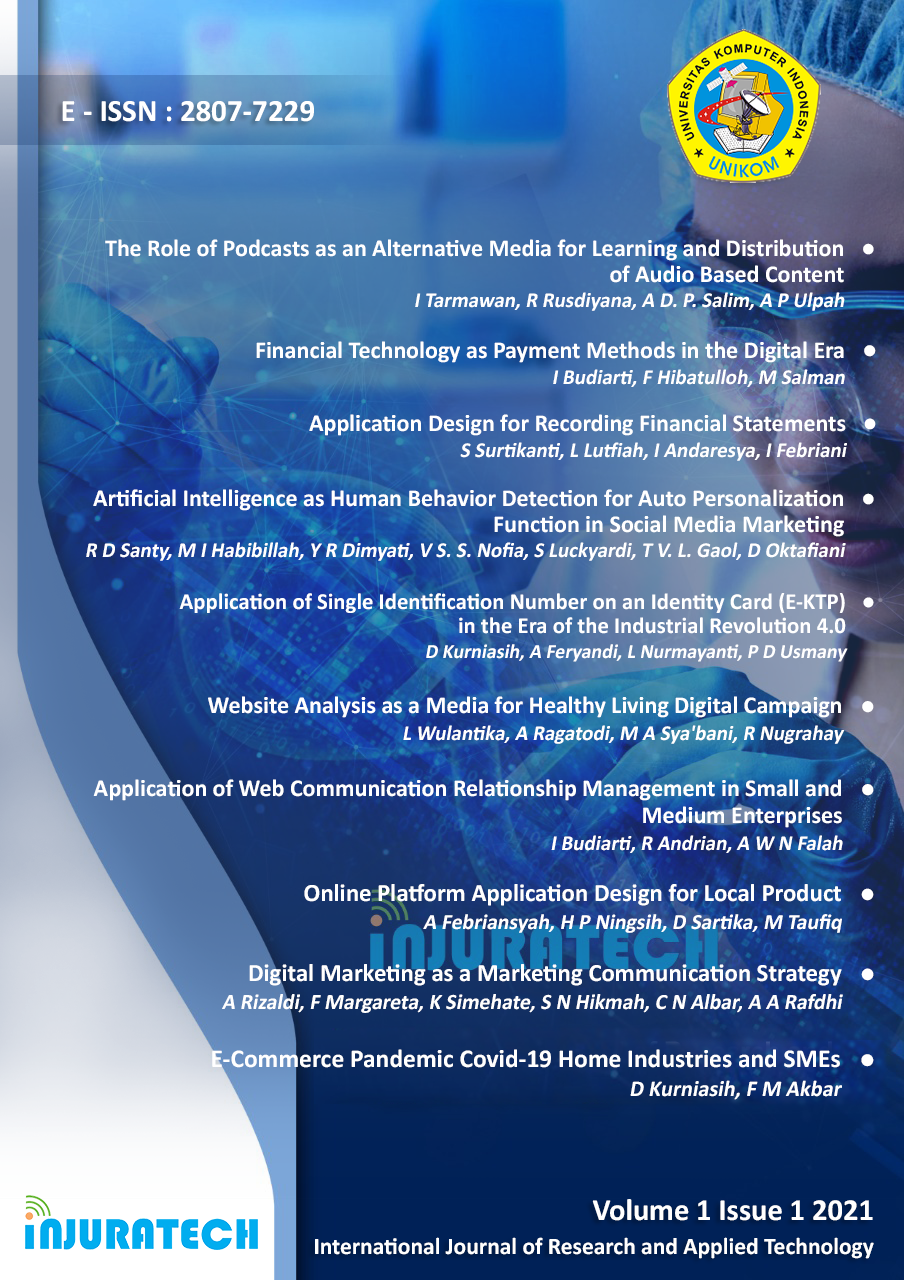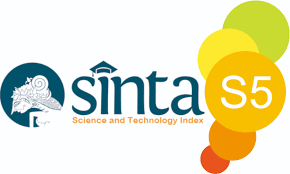Cost Analysis and Economic Evaluation for Manufacturing Hydroxyapatite Nanoparticles from Eggshell Waste
DOI:
https://doi.org/10.34010/injuratech.v1i1.5669Abstract
The aim of this study is to evaluate the economic feasibility of manufacturing hydroxyapatite nanoparticles from eggshell waste. The economic analysis perspective is carried out by calculating various economic parameters, namely gross profit margin (GPM), payback period (PBP), break event point (BEP), internal rate return (IRR), creating net present value (CNPV), return on investment ( ROI) and profitability index (PI). The results show that the production of hydroxyapatite nanoparticles from eggshell waste is prospective. Technical analysis to produce 30,150 Kg of hydroxyapatite per year shows the total cost of equipment purchased is Rp. 230,580,000.00, and the total cost of raw materials is Rp. 890,235,720.00. The profit obtained from the sale of the product is Rp. 4,520,803,500.00/year. Within 20 years of the construction of this project, using eggshells as a raw material for production can reduce the accumulation of eggshell waste. This project can compete with PBP capital market standards due to the short return on investment of around 3 years. To ensure feasibility, the project is estimated from ideal to worst case conditions in production, including labor, sales, raw materials, utilities, as well as external conditions (taxes and subsidiaries). The benefits of this research are that it can provide information on the economic feasibility of manufacturing hydroxyapatite nanoparticles on a large scale, and can optimize/develop projects for further investigation.












